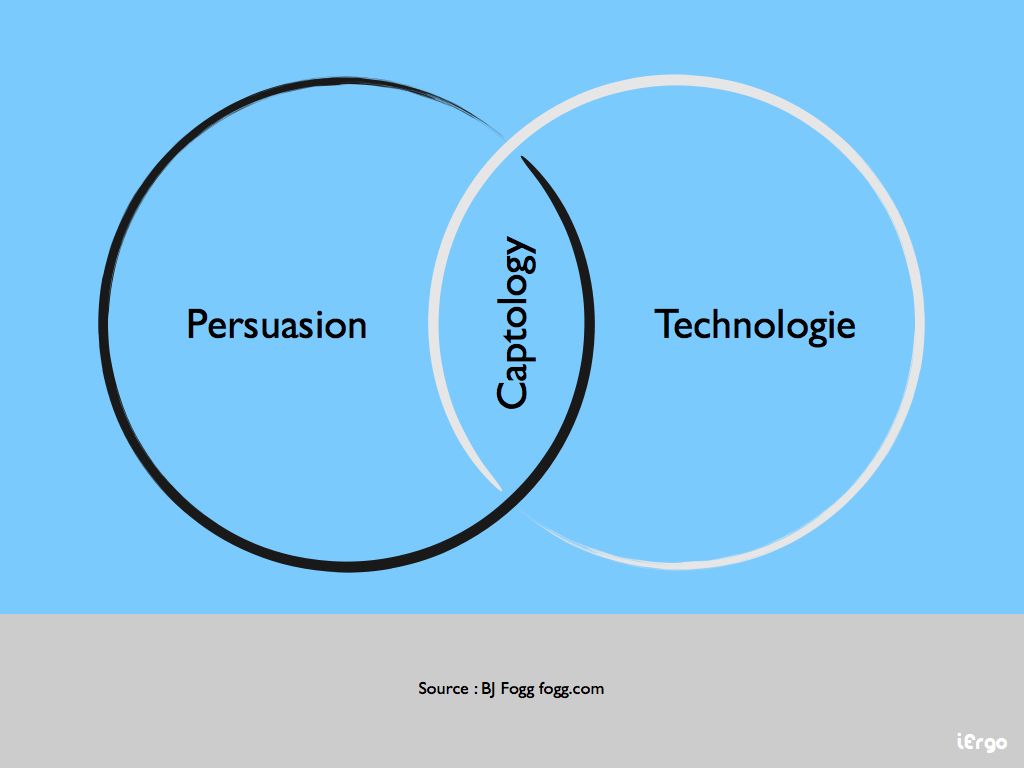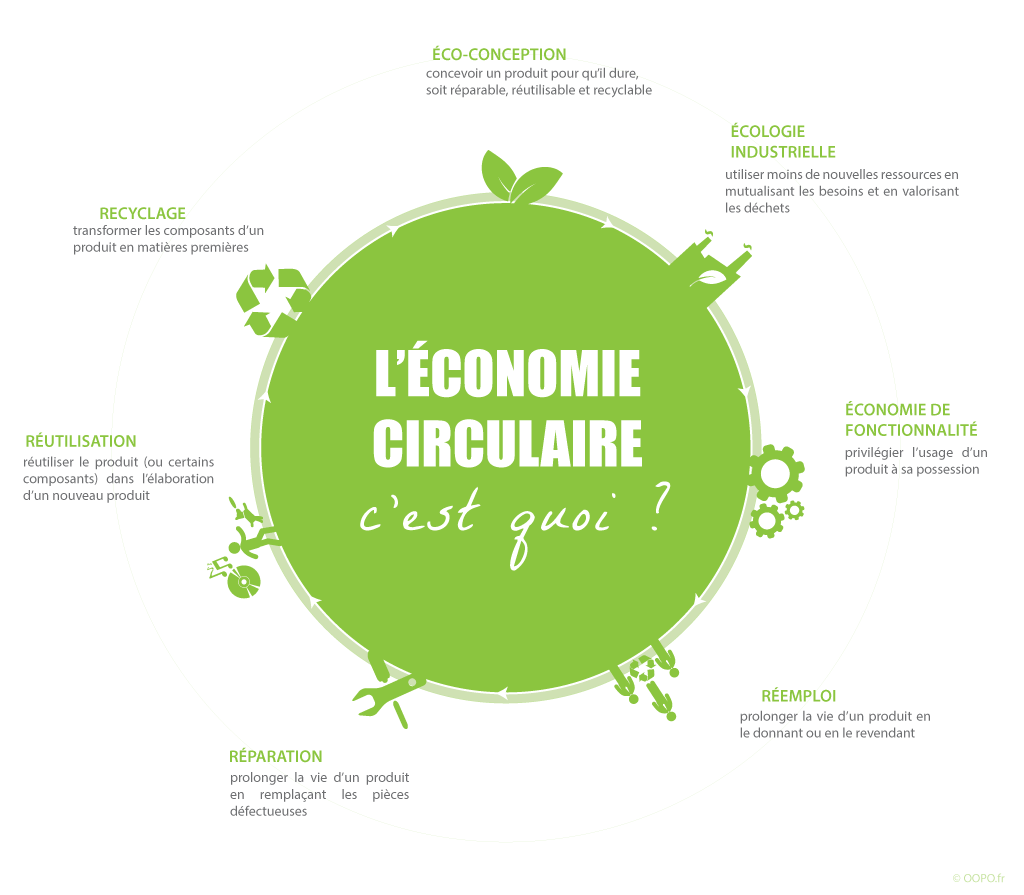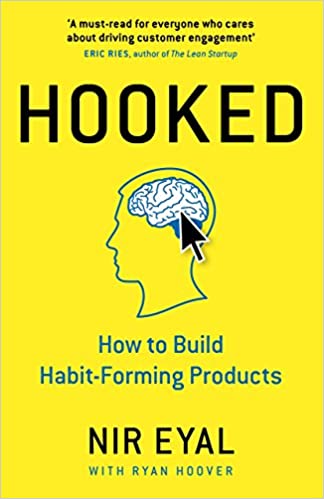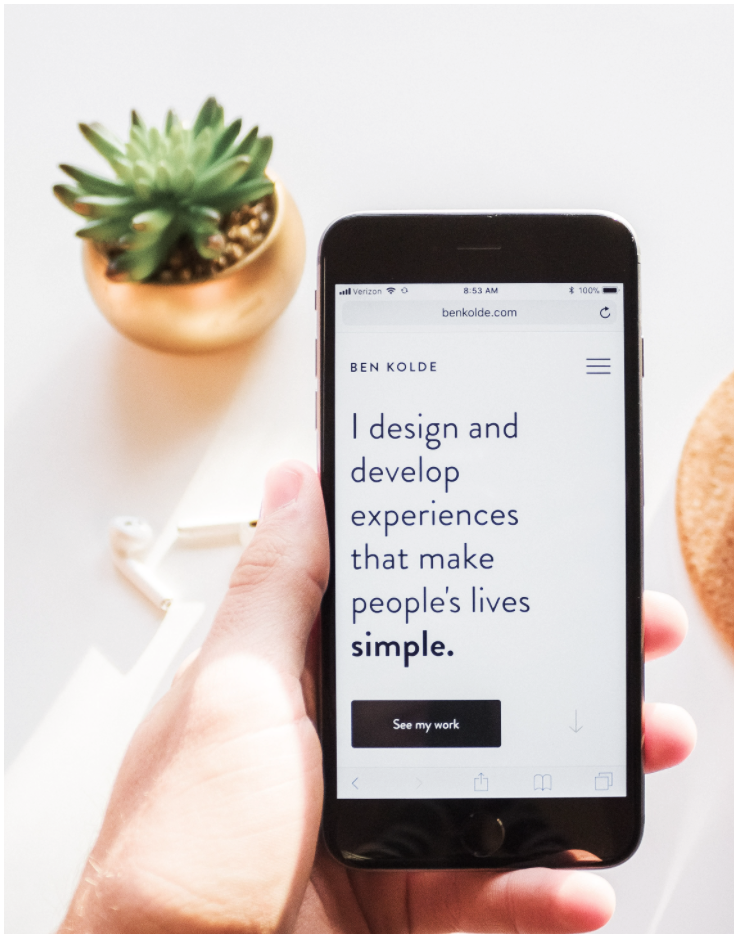
How to innovate ethically?
Can Ethics and Technology coexist on a daily basis?
You have probably heard of the “ethical design” or "ethical design" ?
As product designers, our new priority is to rethink the digital experience of tomorrow through more ethical digital innovation.
From the design of a product or service, we must have this new reflex to rethink its environmental, cultural, social and economic impact.
To design ethically is to design a product with the intention of doing good.
Concretely, what actions can we put in place to be more ethical in our organization and in the design of a product or service?
#1 Check compliance with the General Data Protection Regulation GDPR
Behind the innovation of machine learning processing Big data, hides the resale of user behavioral data to the detriment sometimes of their freedom.
We can be more ethical in our use of users' personal data by first respecting, GDPR data protection.
fight against surveillance capitalism, is to establish a ethical strategy within our organizations or even transform our economic model for a more virtuous model.
Le " Privacy by design ” is precisely a concept used to ensure privacy is built into new technology and business applications by design.
#2 Integrate circular design into product design
Have you heard of the “ circular design” or " circular design” ?
This term devised by the founder of IDEO Tim Brown, is a way to design or make ethical a product or service that would fit into a circular economy.
This new economic model responds to the notions of green economy, economy of use or ecoeconomy of functionality, performance economy and industrial ecology which are part of the circular economy.
For more information on the practice of circular design, you will find the official circular design guide but also didactic workshops combining Design Thinking and Circular Design, to co-design innovative and ethical products or services.
Example : design a computer that reduces its energy consumption or its carbon footprint or eliminate planned obsolescence of the product to reduce overproduction and reduce the frequency of repurchasing a product.
#3 Design a human-centered design experience
This term developed by Don Norman, is initially a philosophy that can be applied in our design of products and services in order to ensure the preservation basic conditions of the consumer and his well-being.
The various user experience (UX) design methodologies aim to improve the user experience of the product by making it more intuitive, simple and useful and by responding to a user problem.
How to implement a human-centered design strategy?
By placing people at the center of product design through exploration workshops, ideation workshops and prototype testing sessions with your users.
To learn more about the various methods for creating human-centered design, explore our UX Republic Blog which brings together co-design methods to develop user empathy, also discover our UX cards which represent various creative workshops from product co-design from Design Thinking to classic ideation workshops.
How to ensure the well-being of the user beyond the UX and UI design of the product?
A product can be aesthetic and intuitive, it can unfortunately become addictive.
#4 Avoid designing addictive products
Designing an intuitive, aesthetic and eco-responsible product or service is not enough to make it ethical if it becomes addictive for its user.
This is called the addiction design, which refers to a set of immoral practices to capture the user's attention and create a dependency of the user vis-à-vis the product experience. This term has even become a teaching subject at Stanford University.
This is indeed the pitfall to avoid as a designer wishing, for example, to bring a dimension of gamification to the user experience of the product, by designing rewards, likes, likes recommendations and goals to achieve.
Indeed, many mobile applications, social networks and games, today over-engage the user's attentionr by flattering his ego and stimulating the production of dopamine of his user.
The product / user relationship at a certain stage can become immoral.
How to avoid user addiction?
→ Limit the time of attention and use of the product by allowing the user to disable their notifications
→ Design only useful notifications or rewards in its user journey.
For more information on this subject, I invite you to read this Hooked: How to Build Habit-Forming Products, indicative of many practices of large companies that have sold addictive products.
Who says addiction design, implies “persuasion design” and “attention design”.
Practices and concepts which precisely aim to set up a persuasive technology defined as technology designed to change the attitudes or behaviors of users through persuasion and social influence.
Example : you buy a mobile application which is free and once he says yes, you tell him that the meeting is at seven in the morning.
Also, in cognitive psychology, thepriming principle” demonstrates that thea memory organizes information by creating links between them.
This classification makes it easier to recall certain information.
However the initiation is used to force the user to make a decision based on false or partial information in order to hide the real cost of the decision from him.
The priming principle can be used more ethically by:
→ Bringing together information on the same theme
→ Adding icons to illustrate
→ Creating links between the themes exposed
→ removing the dark patterns within your customer journeys.
The user who realizes the trap at the end of his navigation (after the purchase journey) will not only never return to your platform but will also give you bad publicity to his community.
#5 Practice workshops, create them and inspire your community!
I had previously mentioned to you the didactic workshops of human-centered design and circular design, there are also workshops to co-design the ethical design of tomorrow!
Indeed, the collective Ethical designers created an event and a site Ethics for designers for designers wanting to be more ethical.
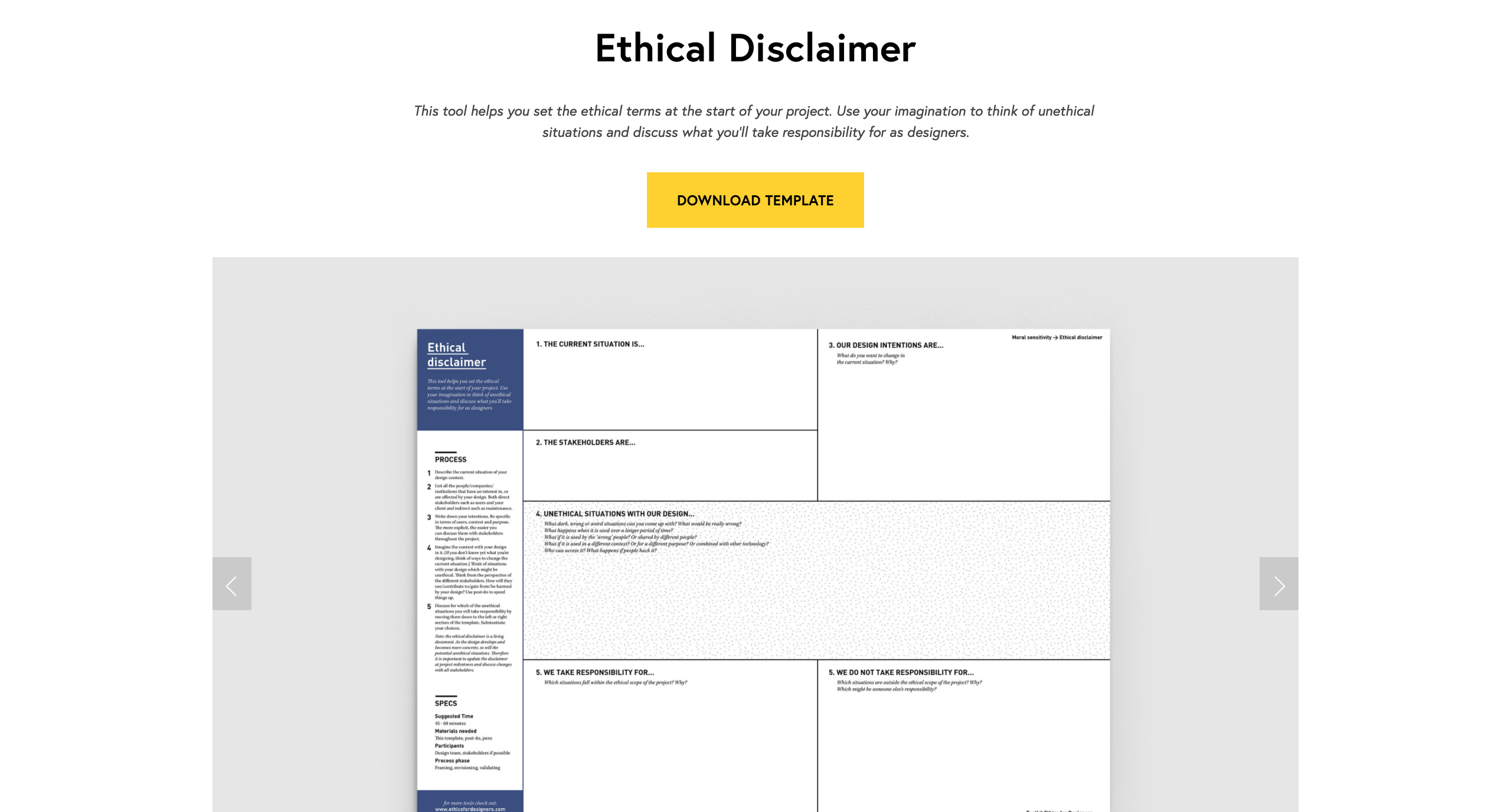
It's your turn !
Caroline Dumont, Lead UX & Product designer at UX Republic
